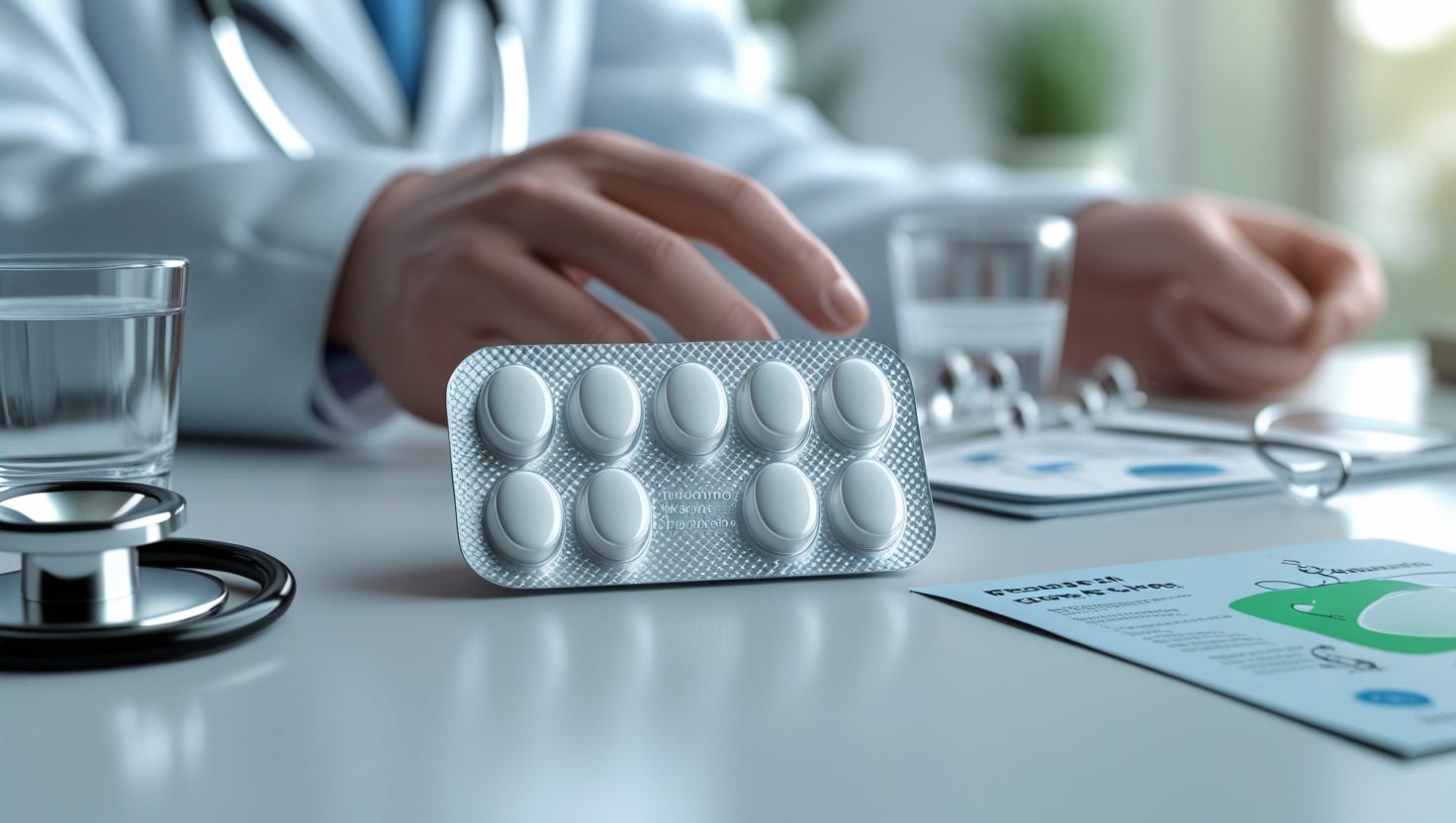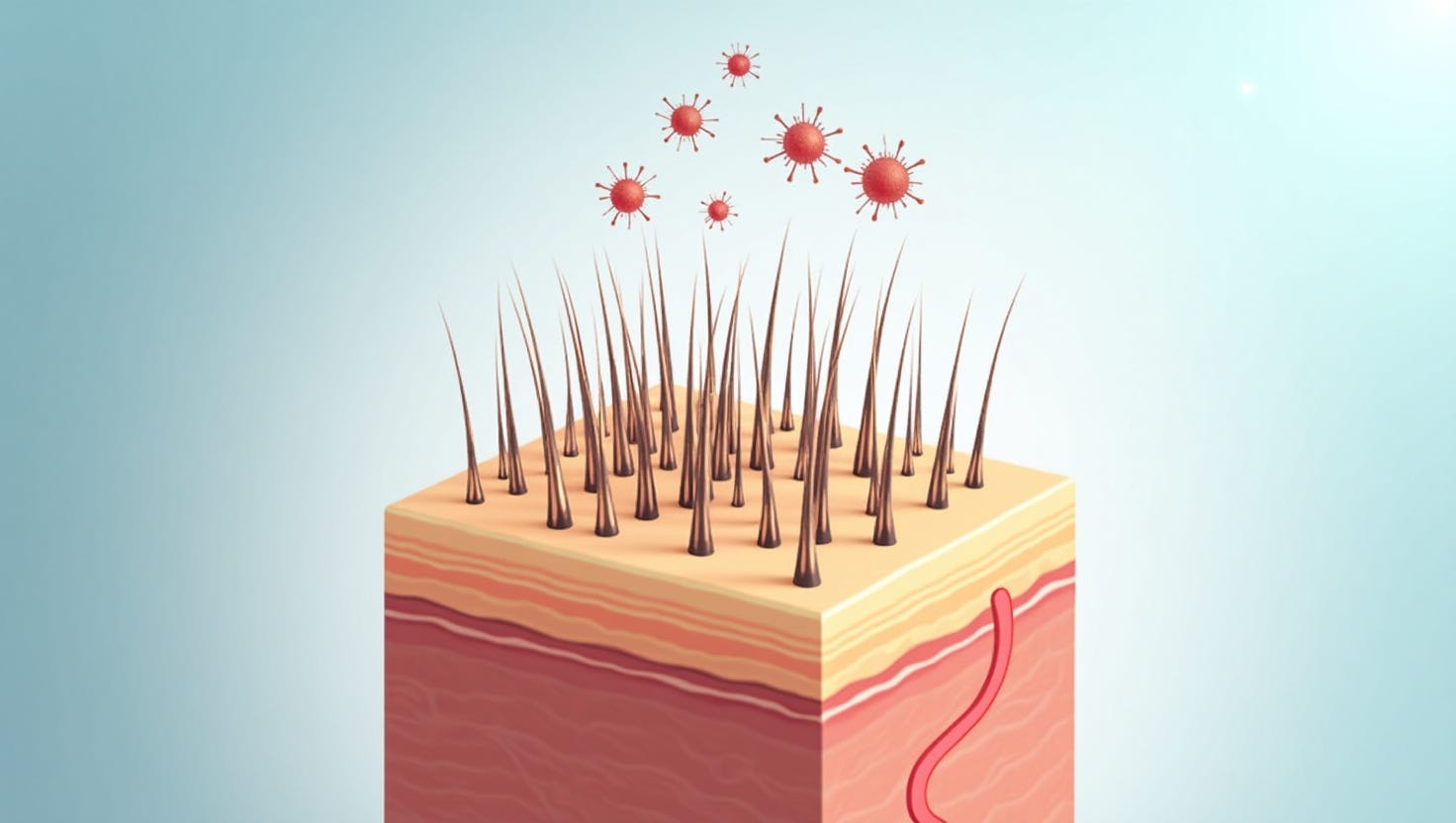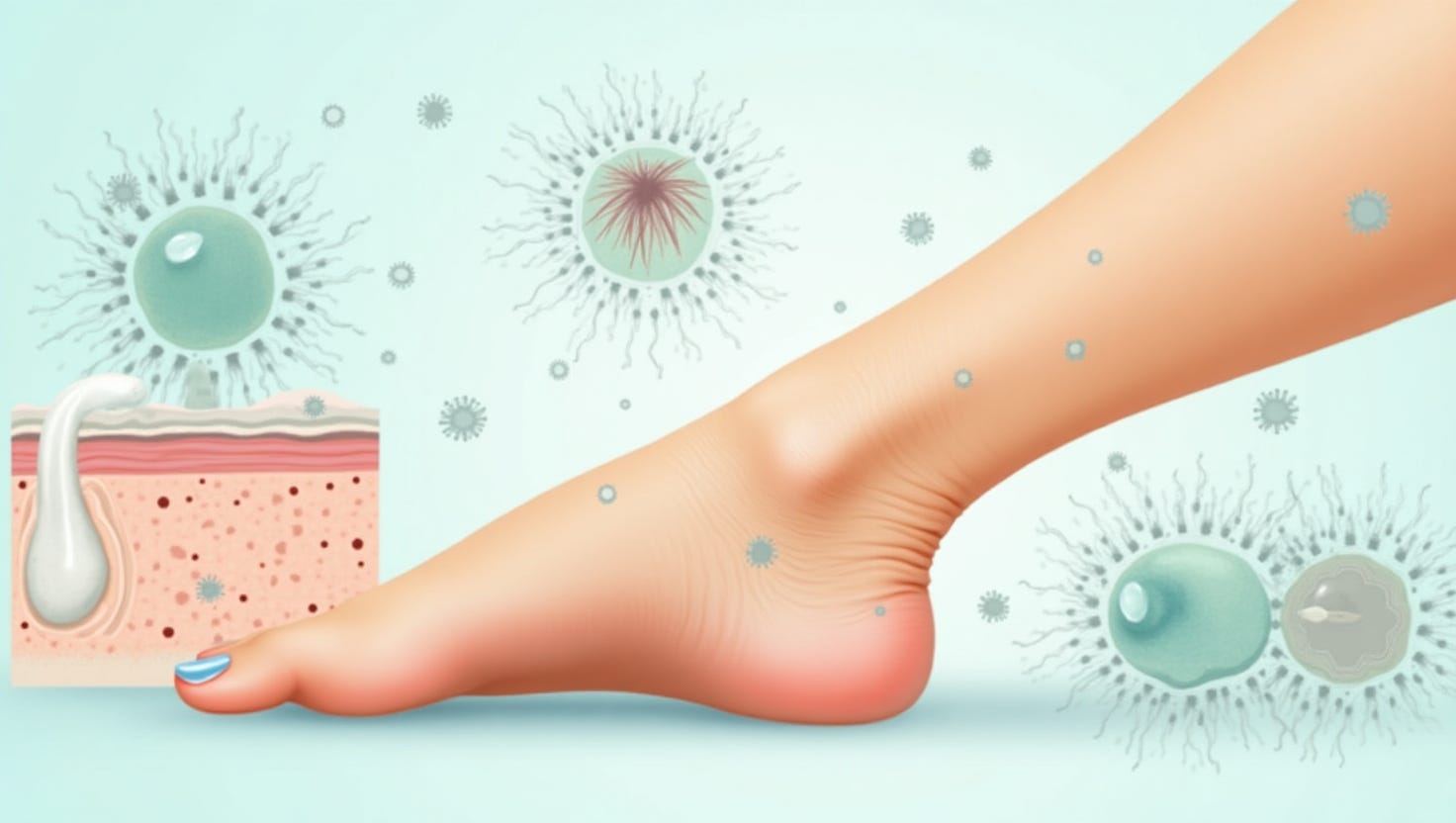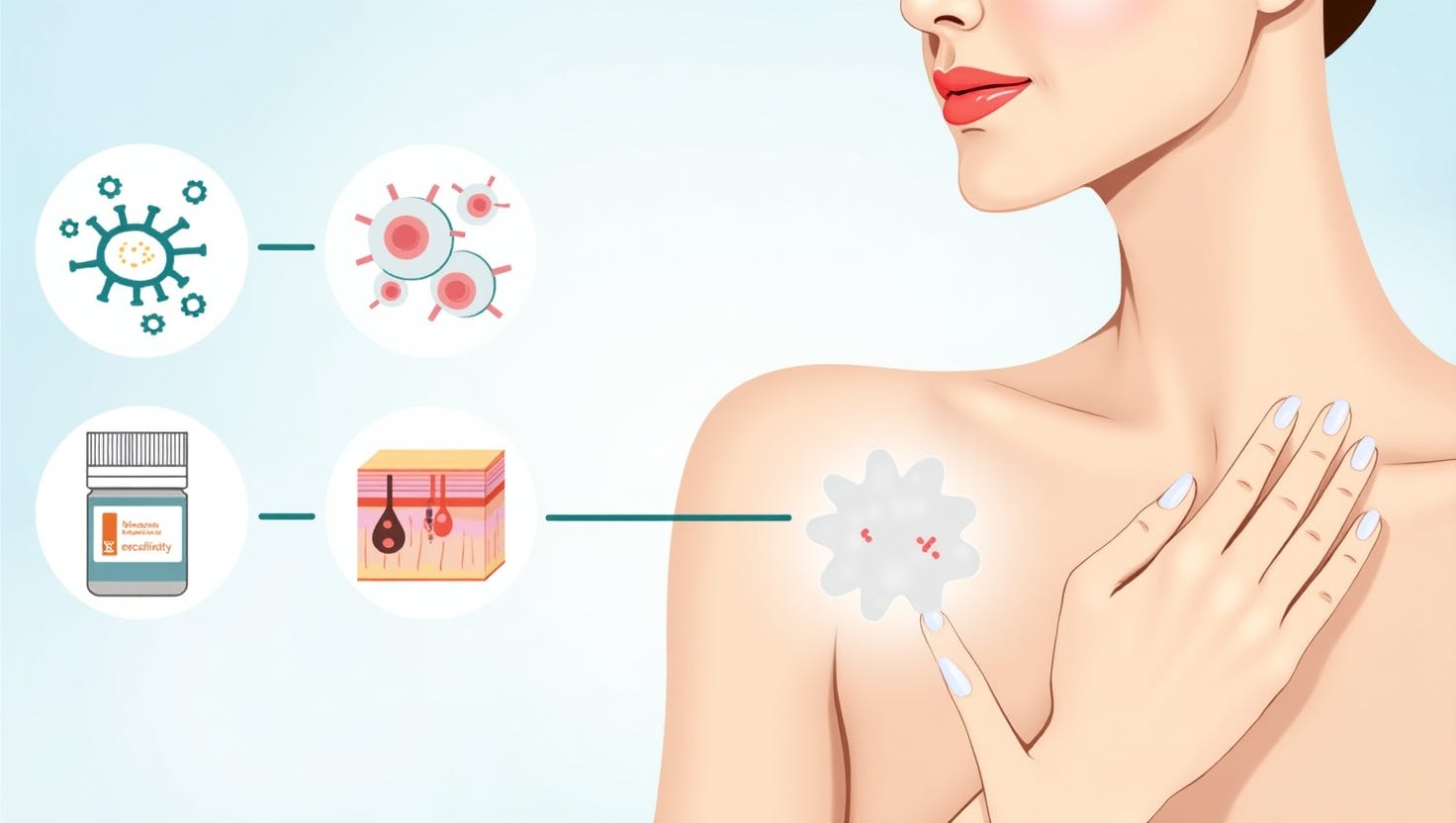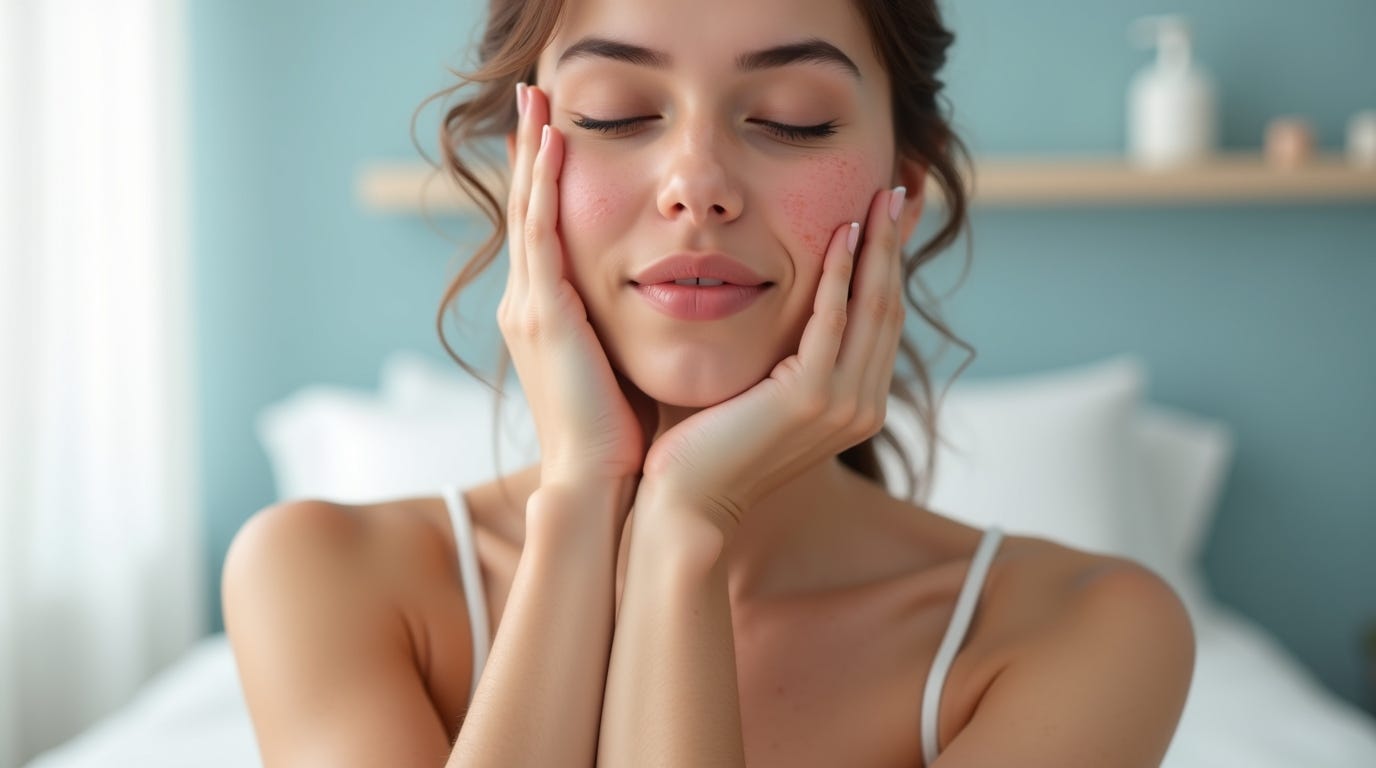Folliculitis: Causes, Symptoms, and Treatment Options

Table of Contents
- Overview: Understanding the Disturbing Skin Disorder
- Symptoms of Folliculitis
- Causes of Folliculitis
- Treatment to Cure Folliculitis
- Supportive Health Habits to Control the Symptoms
- When to Seek Medical Attention
Overview: Understanding The Disturbing Skin Disorder
Folliculitis is a skin disorder that impacts people irrespective of age or gender. The condition can be observed in anyone, irritating and damaging the scalp's health and hair follicles, gradually spreading to other areas. The initial symptoms of the disease can be identified by flaky hair scalp leading to the formation of a crusty layer over the scalp. The issue also leads to the formation of blisters over each follicle.
Symptoms Of Folliculitis
Bumps around Hair Follicles- An individual suffering from the scalp condition can observe a small spot around each hair follicle. The lump may also be filled with pus if the treatment has been procrastinated. These bumps may itch or feel irritating during events such as scratching the head, washing hair, or profuse sweating due to tedious activities.
Itchy Scalp- The individual affected by the skin disorder feels scratchy on the scalp due to the accumulation of bacteria. The inflammation of the scalp makes one feel itchy all day. The itch may increase gradually with time and may cause infection on the hair follicle if proper treatment is not followed at the right time.
Tender Skin- Another identifiable symptom that helps to recognise the skin disorder is tenderness. The issue makes the skin sore and tender, making one feel uncomfortable and worried. The condition can be observed in the neck, face, breasts, and buttocks. It can further be irritated due to itching in such areas.
Causes Of Folliculitis
The leading cause of the skin condition is the entry of Staphylococcus aureus bacteria into the human body due to fungi, parasites, infection, or a physical injury. The disease damages the hair follicle and causes pimples or pus-filled blisters around the follicles. But many more conditions can be a significant cause of the issue.
- Wearing clothes that keep the heat trapped or intact can be a major cause of the disorder, such as high rubber boots or gloves.
- Using a public pool or similar water body containing germs and bacteria.
- Practices such as the use of artificial hair accessories on a larger scale, such as wigs, hair extensions, or the use of styling products regularly.
- Wearing tight and uncomfortable clothes makes it difficult for the skin to breathe.
- Use of certain drugs such as specific steroids, chemotherapy drugs, or other similar drugs can also cause such skin problems.
- Excessive sweating
- Diseases lowering the resistance to fight infection, such as diabetes, AIDS, HIV, or other medical issues.
Treatment To Cure Folliculitis
The right folliculitis treatment depends upon the severity of the condition and the remedies followed to cure the disease at home.
Medications- Medications help lower the issue's symptoms and allow one to have a healthy and easy routine schedule. A dermatologist may recommend anti-bacterial lotion, gels, or pills to control the infection and lower the itch and blisters caused on the skin.
Anti-Bacterial Creams and Shampoos- A dermatologist will also recommend anti-bacterial shampoos and lotions to lower the infection on the scalp. The products help to reduce the itch and the appearance of pimples and blisters around hair follicles.
Creams and Pills- In case of low and manageable symptoms, a health care provider may recommend anti-bacterial creams and pills to lower the bacterial infection. It helps to reduce the itch and allows one to stay comfortable and perform routine activities.
Supportive Health Habits To Control The Symptoms
Mentioned below are some simple and hygienic health habits that help to resolve mild folliculitis symptoms:
- Clean the affected area with a warm, moist cloth dipped in water and vinegar solution. Practice the habit several times daily and keep the site dry and clean.
- Try using anti-bacterial lotions, washes, and creams over the affected area to fight bacterial infection. The use of soothing creams and lotions also helps to lower the itch.
- Clean the infected area with water and dry it to maintain hygiene. Avoid sharing clothes and towels with others to avoid spreading bacterial infection.
When To Seek Medical Attention
When should you consider seeking medical attention for folliculitis? Let's pinpoint the moments when it's crucial to reach out to a healthcare professional:
Persistent Symptoms: If your folliculitis doesn't show signs of improvement despite trying home remedies or over-the-counter treatments for a week or two, it's time to consult a doctor.
Severe Symptoms: If you notice escalating redness, swelling, or pain, you must seek medical assistance promptly.
Fever or Chills: The emergence of a fever or chills in conjunction with folliculitis could indicate a more severe infection that requires immediate medical attention.
Large or Recurrent Bumps: Large, painful, or recurrent bumps may necessitate professional evaluation and treatment to prevent complications.
Weeping or Pus: If the bumps start oozing pus or emitting an unpleasant odour, consult a healthcare provider, as this may signal an infection.
Kaya is your trusted partner in resolving Folliculitis, offering a comprehensive approach to combat this common skin condition:
- Expert Dermatologists
- Customised Treatment Plans
- Advanced Therapies
- Ongoing Support
Count on Kaya to be your partner in the journey towards Folliculitis-free, healthy skin.


